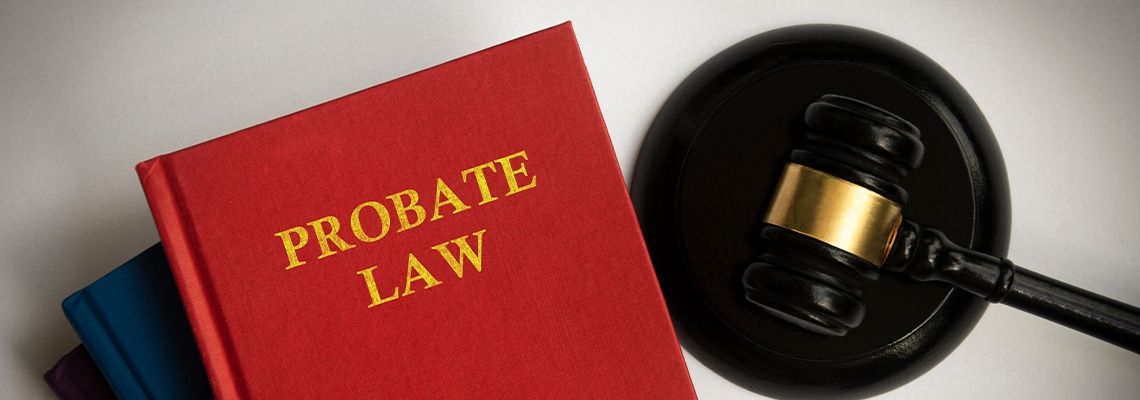
Understanding the core function of probate.
Understanding the Core Functions of Probate
Probate is the legal process through which a deceased person’s estate is administered, ensuring assets are distributed properly, debts are settled, and legal ownership is transferred. While probate can seem overwhelming, understanding its core functions can help executors, heirs, and beneficiaries navigate the process more smoothly. Below are the key functions of probate and why they are important.
1. Validating the Will
If the decedent left a will, one of the first steps in probate is determining its validity. The court will review the document to confirm that it was properly executed under state law, meaning:
The testator (the person who made the will) had legal capacity.
The will was signed and witnessed according to legal requirements.
There was no undue influence, fraud, or coercion in its creation.
If a will is contested, probate litigation may be required to resolve disputes.
2. Appointing a Personal Representative
If the will names an executor, the court will officially appoint them as the personal representative of the estate. If there is no will, the court will appoint an administrator based on statutory priority. This person is responsible for:
Managing estate assets.
Paying debts and taxes.
Distributing assets to heirs and beneficiaries.
3. Identifying and Inventorying Assets
The personal representative must locate, identify, and value all assets owned by the decedent at the time of death. This may include:
Real estate.
Bank accounts.
Investment accounts.
Personal property.
Business interests.
A complete inventory must be filed with the probate court, ensuring transparency in estate administration.
4. Notifying Creditors and Settling Debts
Before distributing assets, outstanding debts must be addressed. The probate court requires:
Public notice to be given to potential creditors.
Creditors to file claims within a specified period.
Payment of valid debts, including medical bills, taxes, and loans.
Proper handling of debts prevents future claims against the estate.
5. Distributing Assets to Beneficiaries
Once debts and expenses are settled, the remaining assets can be distributed according to the terms of the will or, if no will exists, under state intestacy laws. This process includes:
Transferring property titles.
Closing bank and investment accounts.
Distributing personal property as directed.
Court approval may be required before final distributions are made.
6. Closing the Estate
The final step in probate is closing the estate. This requires:
Filing a final accounting with the court.
Obtaining court approval for the distribution of assets.
Ensuring all legal and tax obligations have been met.
Discharging the personal representative from further duties.
Conclusion
Understanding these core functions of probate can help executors and beneficiaries manage expectations and navigate the process effectively. While probate can be complex, proper legal guidance ensures compliance with court procedures and protects the interests of all involved.
📞 Need assistance with probate? Contact The Probate Law Center at (816) 673-3223 or visit www.ksmoprobate.com for professional legal support.
Disclaimer: This blog post is for informational purposes only and does not constitute legal advice. Every probate case is unique, and you should consult with a qualified attorney for guidance specific to your situation.

